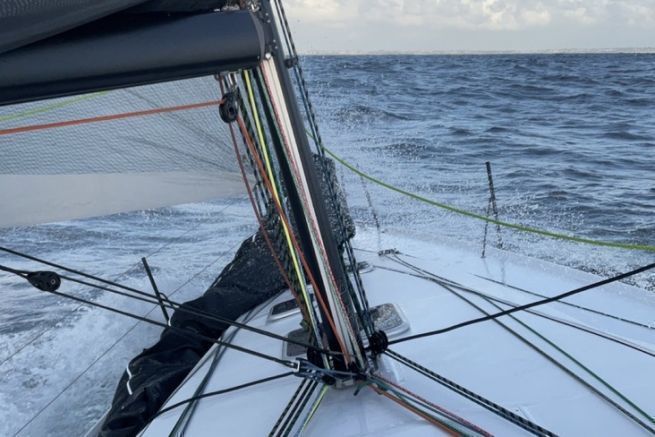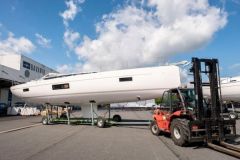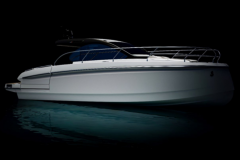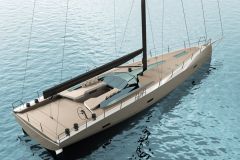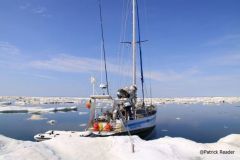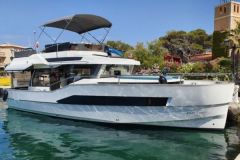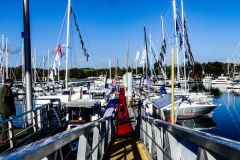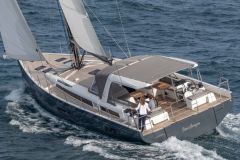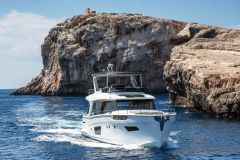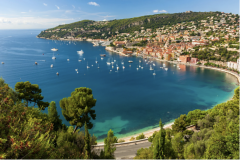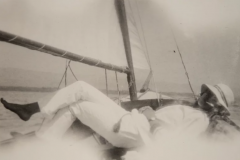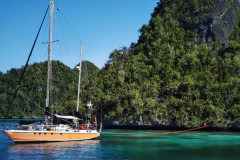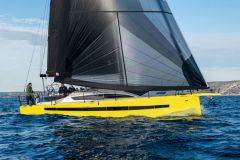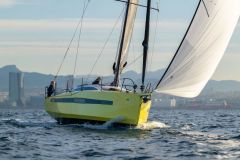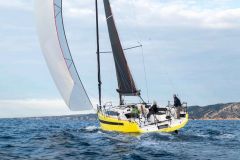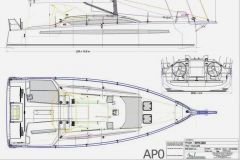A week's sailing to get to grips with your boat
Getting to grips with a boat requires more than just a 2-hour sail with the boatyard. Especially when you're upgrading to a larger, sportier and more powerful boat.
With a crew of 4, we set off to the Iroise Sea to test the capabilities of the Pogo 36. The aim of the trip? To discover the limits of the boat and set up the necessary maneuvering routines for a reduced or even very reduced crew (solo or semi-solo).
To do this, we were able to sail with 15 to 30 knots of wind, in choppy to very choppy seas and a very rocky environment. On the program: passage of the Canal du Four, west of Ushant, the Fromveur and the Abers... Places that require preparation and anticipation.
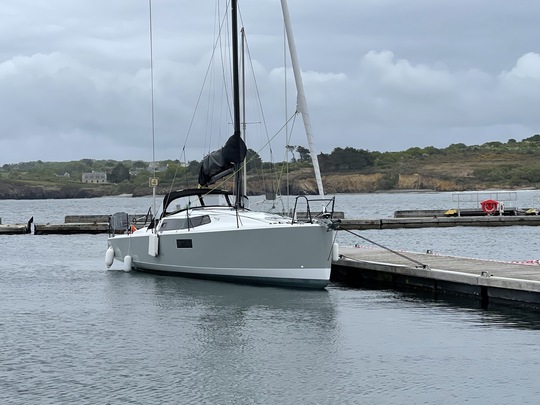
Stopovers and anchorages in the Iroise Sea
In the middle of May, our sailing took place in rain, cold and fog, with numerous squalls. In other words, foulies were the order of the day, and hats were tucked away in the back of the équipets.
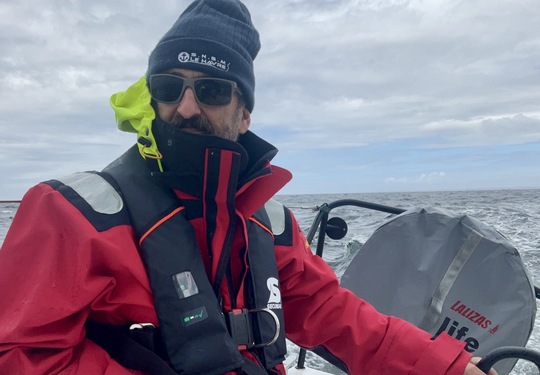
After setting sail from the Bay of Douarnenez, we headed for Aber Wrac'h, some 50 miles away. With conditions strengthening - a severe wind warning is forecast for the following day - most of the day was spent under staysail, 1 reef.
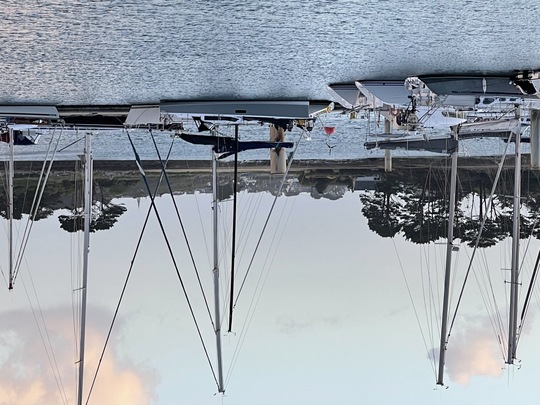
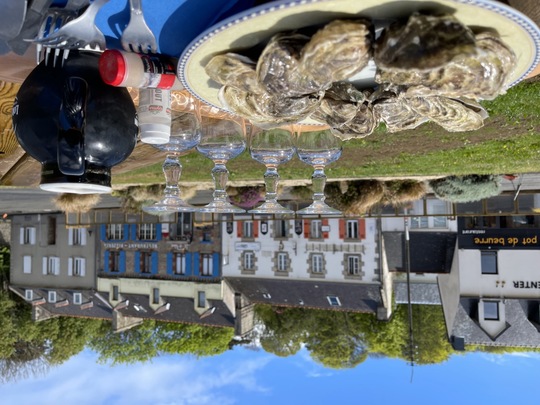
On Wednesday, we headed for Aber Ildut, 14 miles away. To spice things up a bit, we made a detour to the north and west of Ouessant Island. We passed the Fromveur on a treadmill at 14Â knots bottom speed with a 4Â knot current. We passed the Nividic, Mare and Kereon lighthouses, which we don't shave so oftenâeuros; these navigation zones require anticipation and good timing to avoid getting caught in the juice. The navigation, which had started in the rain and in darkness, brightened up when we reached La Jument. It was magnificent! Solent and staysail were out.

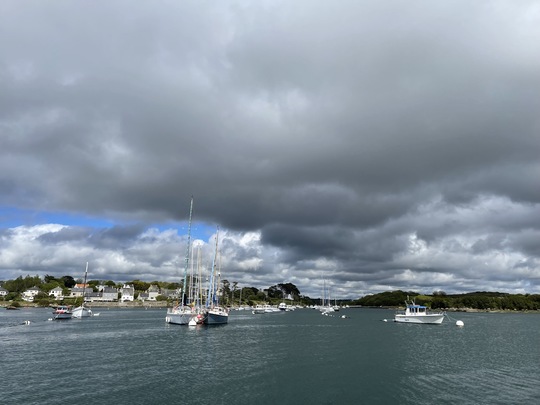
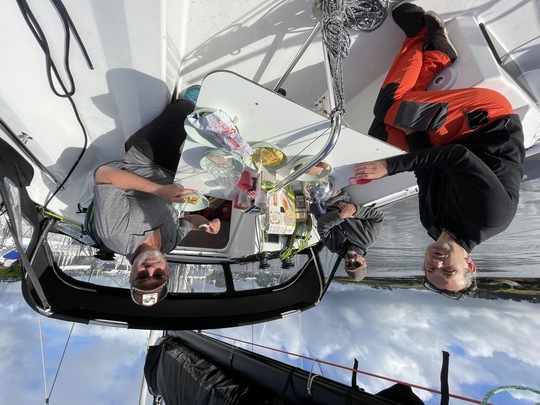
On Thursday, after anchoring at Molène for a snorkeling session, we headed west to the island of Quéménès to reach the Chimère pass to the south. There was something magical about sailing between the pebbles, accompanied by twenty or so bottlenose dolphins. We emerged from the islands between the Pierres noires lighthouse and Kervouroc, just off Pointe Saint-Mathieu. At the end of the day, the Pointe Sainte-Matthieu semaphore wanted to be reassured of our intentions regarding the curfew. One of the advantages of AIS is that the authorities know everything we do!
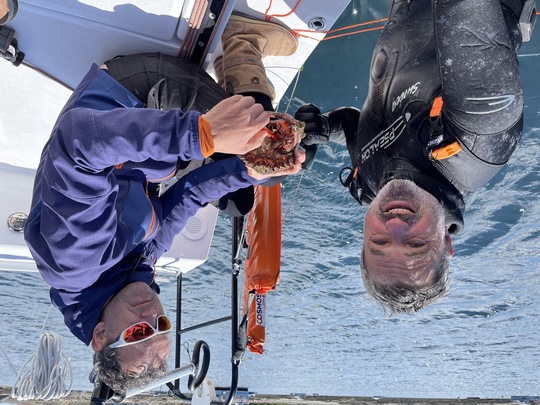
Friday, it's Brest harbor. It's the only way to get a chance to test spinnaker and gennaker. So we passed through the Narrows under gennaker. After passing between the Pointe des Espagnols and the Cormorandière, a rock at the entrance to the Narrows where two seals were watching for fish in the current, we headed for the île des Morts. How short distances are! We then entered deeper into the harbor, between the île ronde and the Pointe de l'Armorique, some 30 to 50 m away, at a speed of 8 knots. We then had a little fun with a passage between the two Ducs d'Albe. These are large, empty concrete blocks, towed by the Germans during the Second World War to create a mooring point for battleships in the harbor.
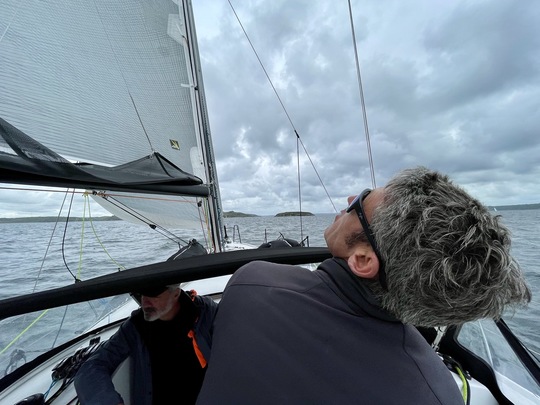
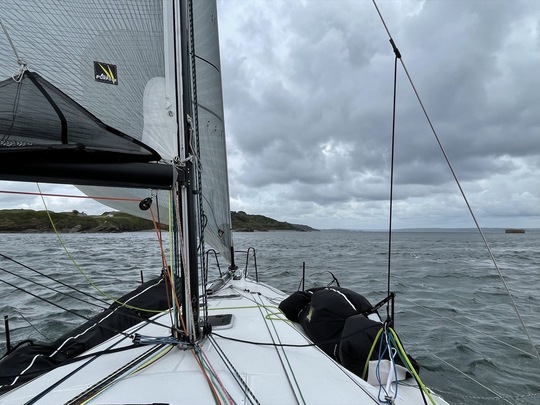
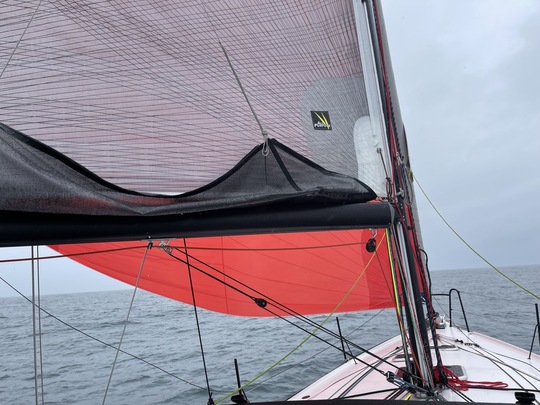
A safe, seaworthy boat
We were sailing in an area of pebbles and currents, with the coast coming up fast. You cover a mile faster than the time it takes to plan a sail change! The Pogo 36 is a fast boat, which requires anticipation to avoid being overtaken. On the one hand, because the boat is powerful, and on the other, because the crew isn't as tough as it used to be...
Among the options we've chosen, we're sure to appreciate the electric winchâeuros! By no means superfluous for hoisting the heavy, time-consuming full batten mainsail.
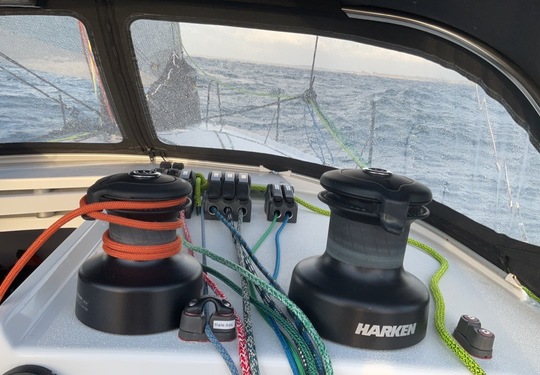
Back to Camaret, with the current of the gully in front. The Pogo 36 is a technical boat, but one that tolerates a lot of mistakes. We were making 18 knots as we exited the gully, but ended up sailing in 28 knots, with the mainsail up, on the way out. But then again, the boat allows it. We trimmed the mainsail with the Cunningham to power through the last few miles. In the end, even with the mainsail up, the boat remained perfectly manageable and quite safe.
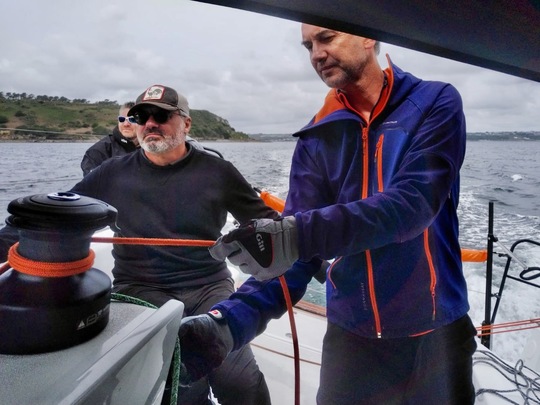
Our cruise ended on Saturday with a return to Crozon. We left Camaret, passed the Pointe du Toulinguet, the piles of Poix and the Cap de la Chèvre. We made a good 30 knots, ideal for finishing off the boatâ??s baptism! With 2 reefs in the mainsail and the staysail reefed, we were enjoying the good weather. Admittedly, we were under-sailed at the start, but conditions picked up after the pointe de Pen-Hir.

The Pogo 36 is a safe boat, with impressive course stability, yet extremely comfortable at the helm, in the cockpit and in the saloon. It's tolerant, but requires anticipation: it's often exhilarating to enjoy the few minutes when conditions are close to the limit, but the boat's power and speed require a little preparation.
